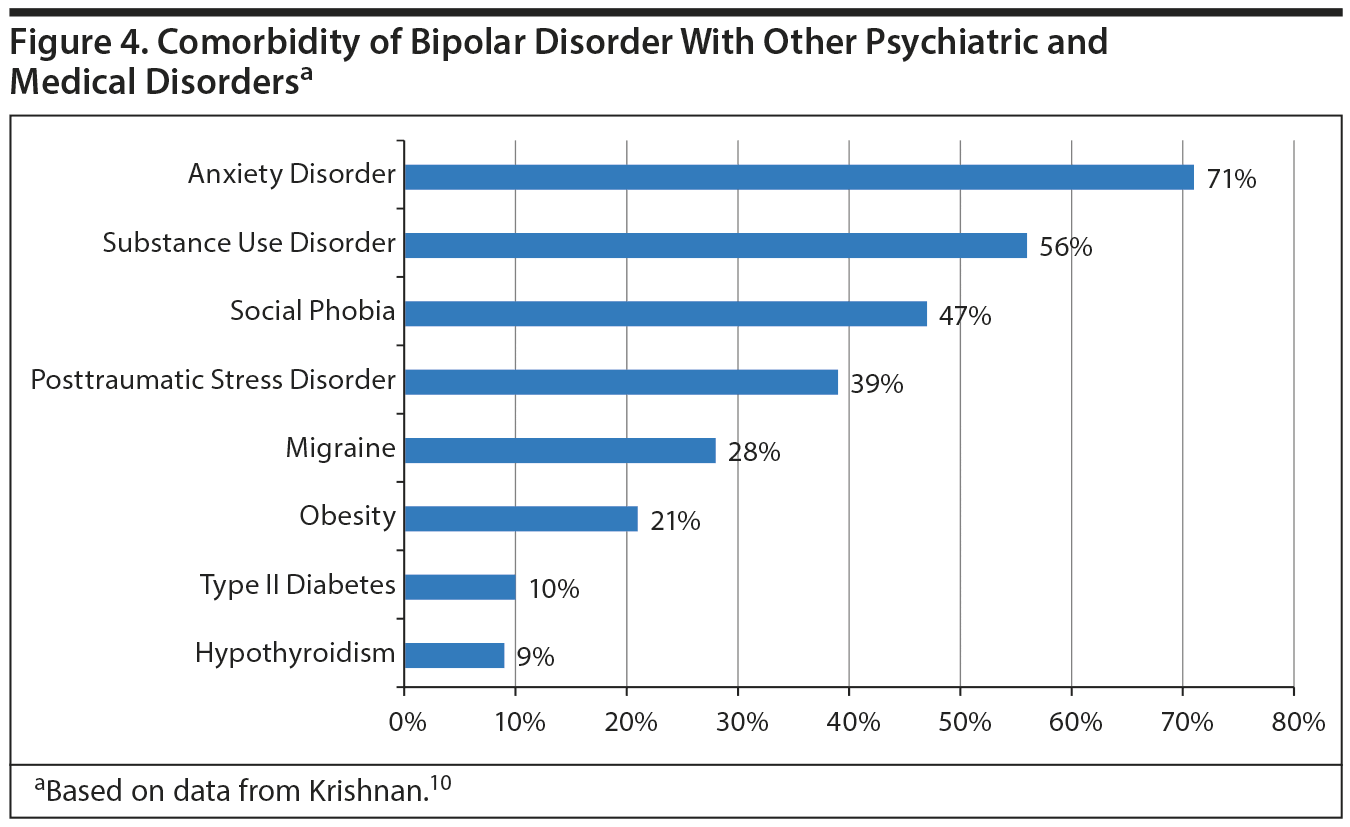Objective: The evidence on trajectories of perinatal depression is mostly based on studies composed of women at high risk for poor mental health. Research on maternal anxiety trajectories is also scarce. Using a large community cohort, the All Our Babies study, in Alberta, Canada, we examined trajectories of perinatal depressive and anxiety symptoms and compared characteristics of women across trajectories.
Methods: Anxiety and depressive symptoms were measured at the second and third trimesters and at 4 and 12 months postpartum among 1,445 women recruited between May 2008 and December 2010. The state subscale of the Spielberger State-Trait Anxiety Inventory was used to measure anxiety symptoms, and depressive symptoms were measured with the Edinburgh Postnatal Depression Scale. Semiparametric group-based mixed modeling was performed to identify the optimal trajectory shape, number of groups, and proportion of the sample belonging to each trajectory. Model fit was evaluated using the Bayesian information criterion. Multinomial logistic regression analysis was conducted to compare characteristics across the trajectories.
Results: Five distinct trajectory groups with constant and variable patterns were identified for both depressive and anxiety symptoms: minimal, mild, antepartum, postpartum, and chronic. Common risk factors of depression and anxiety across groups with elevated symptoms were history of mental health issues (odds ratios [ORs] varied from 1.83 to 7.64), history of abuse/neglect (ORs varied from 1.67 to 8.97), and low social support (ORs varied from 1.64 to 11.37). The magnitude of the influence of the psychosocial risk factors was greater in the chronic group compared to others, suggesting a dose-related relationship.
Conclusions: Heterogeneity of anxiety and depressive symptoms highlights the importance of multiple mental health assessments during the perinatal period. The patterns and intensity of postpartum depression differed between community and high-risk samples, underlining the significance of defining suitable cutoffs. Research to examine the impact of these trajectories on child outcomes is needed.
Continue Reading...
Did you know members enjoy unlimited free PDF downloads as part of their subscription? Subscribe today for instant access to this article and our entire library in your preferred format. Alternatively, you can purchase the PDF of this article individually.
Please sign in or purchase this PDF for $40.00.
Save
Cite
Already a member? Login




